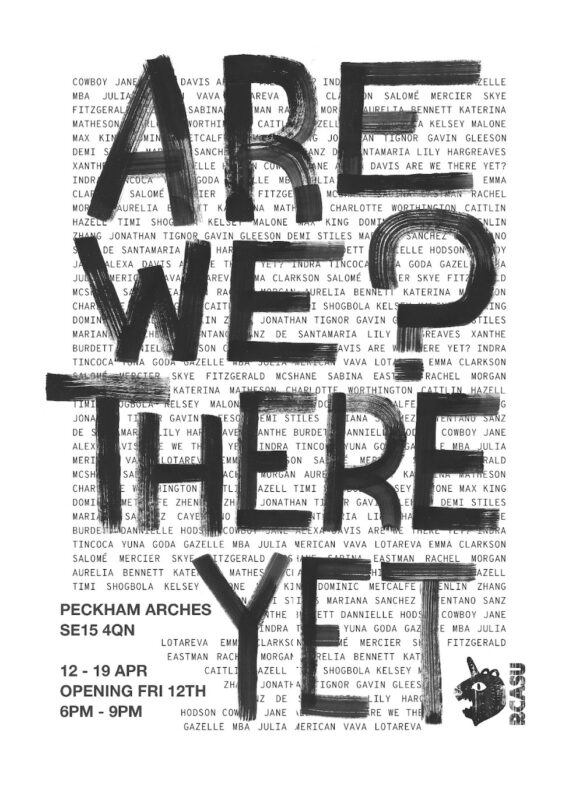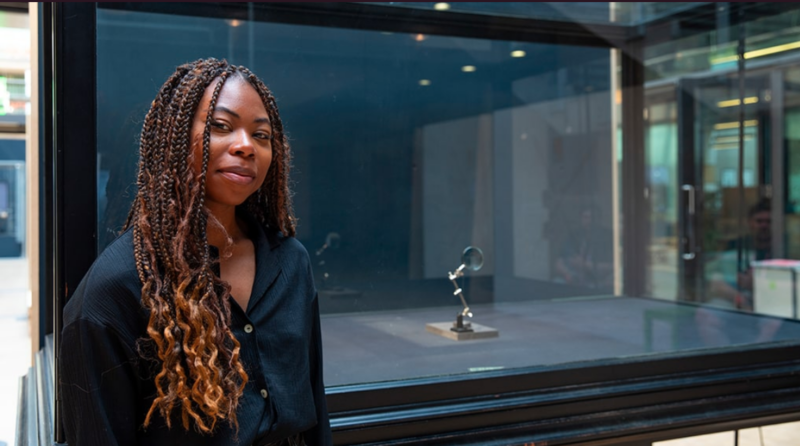
Open to public: 4th – 6th December 2009, 11:00 -18:00 Private view: 8th December 2009, 19:00 – 22:30
T2, The Old Truman Brewery, 91 Brick Lane, London, E1 6QL Sponsored by Belvedere Vodka
Design Studies is a multi-disciplinary and multi-cultural MA programme Students are encouraged to challenge design conventions and reveal their alternative conclusions through a provocative exhibition.
This pioneering programme ensures that every year a new generation of creative thinkers and designers challenge and change the way that we experience the world.
‘Invention is a strategic method for achieving the impossible’
Applied Imagination: Bringing Method to Madness showcases the work of this year’s graduates from Central Saint Martins MA Design Studies.
The exhibition is the culmination of research that explores and challenges today’s social and creative paradigms. Open to the public over three days at the start of December, the public has the opportunity to discover evolving futures and enhanced worlds.
“If you want to see the future before it happens you need to see this exhibition. The questions, answers and ideas on display take us into a world of the imagination where the improbable becomes the possible. The secret of our students’ success lies in their recognition that new ideas are often the antidote to rational explanation. Moving beyond the known requires courage and tenacity and a touch of madness but as Mark Twain said ‘When we remember we are all mad, the mysteries disappear and life stands explained.’” Geoff Crook Course Director
The exhibition features a broad range of design concepts manifested in tangible multi-media forms, which can be further applied to the practical challenges of our everyday 21st century lives:
How can happiness be dimensionalised?
Can I change the way that art is exhibited?
What happens when adverts are misinterpreted and seen as insensitive to the community in which they are placed?
By choosing to explore their sense of wonder and questioning convention, these students are re-imagining their futures and reshaping the world at large.
Sample List of Projects
– Can a focus on process and provenance lead to a more eco-effective craft practice? Peter Jones
– Why can’t we talk to strangers? Mark Dowsett
– Why do we put our pet birds into little prisons? Alison Moore
– How can exploring one’s creative self lead to happiness and stress-relief among people from non-creative backgrounds? Aanchal Paliwal
– How can people strategically approach their work-life choices so that they can lead the life they want? Trish Papadakos
Sample Synopses
What happens when adverts are misinterpreted and seen as insensitive to the community in which they are placed? Nabeel Hussain
Moral Advertising Placement (M.A.P) is an organisation that promotes an ethical code of conduct in advertising. They encourage designers to think creatively about their audiences, reinforce responsibility to companies that own public advertising space, and empower communities living amongst these spaces. The principle role of the advertisers is to target their demographic, not to segregate communities or offend individuals. The designers are therefore encouraged to regard these local communities as the target audience, and to utilise such public spaces for product placement with an ethical code of conduct. At Central Saint Martins students are given a blank billboard to advertise on, and, whilst considering where it is to be placed and the community surrounding it, are asked what adverts and what message would they design? How would they convey that message using the skills they learn in the workshop?
Can I change the way that art is exhibited? Melanie Standage
Growing up in a remote part of Canada, contemporary art and art history was something that I found in books and magazines. When I did get the opportunity to visit galleries while travelling, what was showing was not always personally relevant, and was disconnected from the rest of my life. More recently I have been intrigued by the apparent lack of attention to the internet as a medium for exhibiting art by galleries and museums and questioned whether the primacy of the physical context of art was acting as a barrier to those who couldn’t be there.







